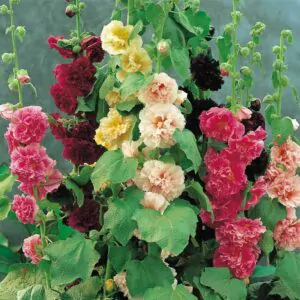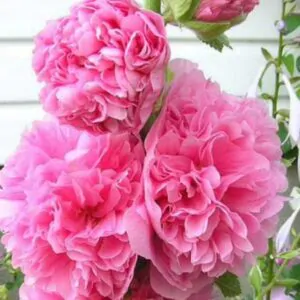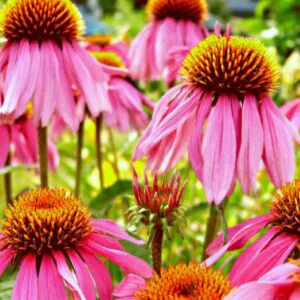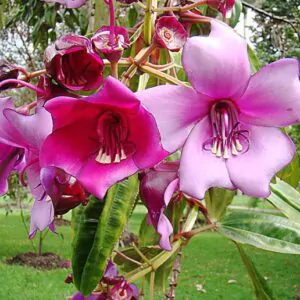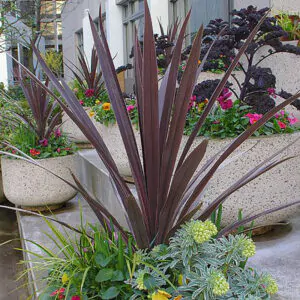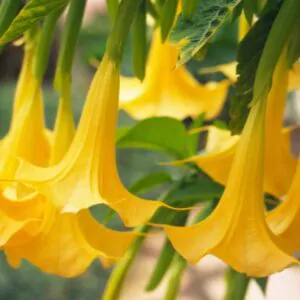$4.28
/ per pack
Choose seeds per pack:
Bomanic nomenclature: Pollia condensata
Common name: Marble Berry, Metallic Blue Pearl Plant, Marble Berries
Family: commelinaceae
Origin: tropical africa
Height: 0.50 – 0.80 metro
Climate: see description
Luminosity: shadow, partial shading
That fruit (false) in wood bowls used for decoration in lobbies of luxury hotels around the world; also known as the marble berry or blue pearl metallic, brilliant and irresisible, is the non-eating fruit of pollia plant.
In a study, published in the proceedings of national academy of sciences, says that fruit reflectivity is stronger than anything living; more intense than, for example, the morph butterfly, which is cited as one of the brightly colorful animals. The morph butterfly and the scarabrow are the only living things that approach the pollia berry, in bright color terms.
Understanding better color:
As in the beetle, the berry’s skin has no pigment (no colored cell). All cells are currently wrapped into a peculiar reviravolta. The cells form leaves, as the barn of an onion. The light is filtered through these layers in a way creating something called: structural color. Basically, reflect the blue light and let the rest of the light pass.
But, why so much effort by the plant? Well, you need to attract the birds to the fruit and spread their seeds. Your berry does not have nutritional value, its only advertisement (the bright color), that makes the birds fit the fruits and charge theirs for their nuts.
Nature is really fascinating and replacing amazing surprises and treasures.
In the cultivation, a shaded place is necessary.
The berries are not edible, but own an extremely rare property. And even after the harvest, it keeps the same bright and vibrant metallic color for many decades.
| Weight | N/A |
|---|
